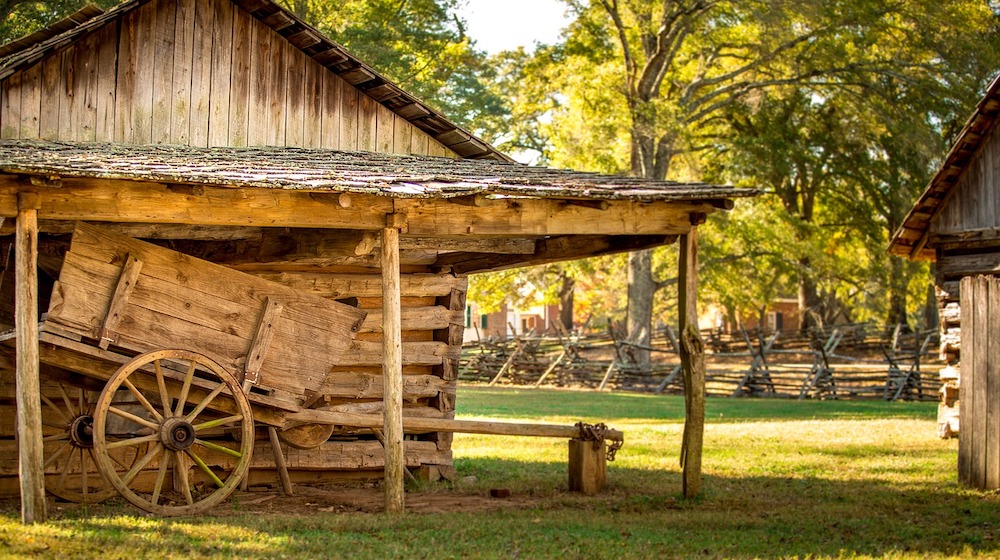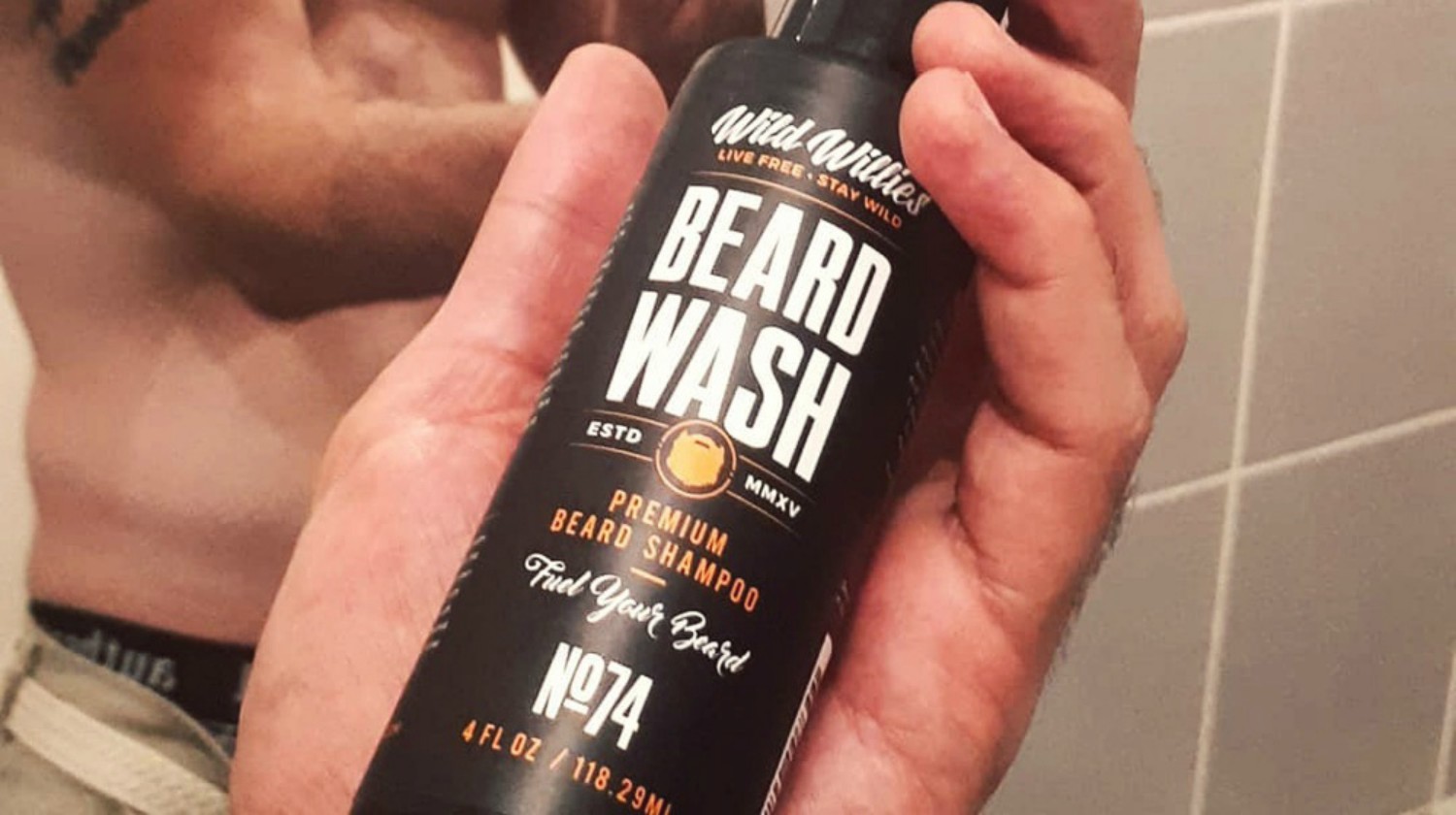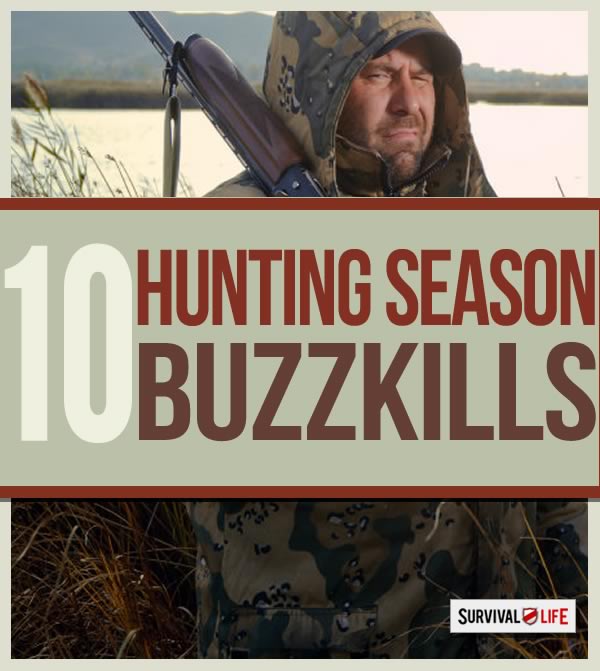Archives
Winter Survival Tips For The Homestead

Word on the street is that winter 2013-14 is going to the coldest in decades for the eastern and central US. Now, I don’t know about you, but I am already thinking ahead to spring and how I plan to plant the garden, and I have my favorite heirloom seed catalogs laid out, deciding what to order to fill in the gaps in my seed bank. This cold blast has put the kibosh on my in-front-of-the-fire spring dreaming, and driven me outside in multiple layers to ensure that the homestead is battened down.
Winter Survival Tips For The Homestead
Livestock:
I have goats who have kidded in the last week, so I have given these ‘kidding clips’ (up the backs of the legs and up and over the tail) in order that any after birth doesn’t get stuck to the fur and freeze.
Unfortunately, this also means that udders are shaved, so care needs to be taken that they don’t encounter frostbite. If you’re milking, a good layer of udder balm after milking and drying the udder will provide a protective layer from the chill. The same goes for cattle.
In my experience, furry livestock can either handle being cold or wet – not both. Beware of chills, bloat and pneumonia during cold weather, particularly when it is as extreme as we are seeing.
Bring animals into an enclosed barn if possible, particularly any young stock. If you do not have one, a three sided barn is also good; really just make sure they have somewhere to remain dry and get out of the wind.
My barn is open at both ends, so I have thrown aesthetics to the dogs and hung tarps as wind breaks. It’s surprising how effective they are at protecting from the wind chill, which was down in the -20s last week. That’s really something for the South.
Hay is a great thing; when livestock eat and digest hay, it produces warmth from the inside out. It can be likened to us eating a bowl of hot oatmeal. Ruminants can work on digesting hay long after they have consumed it all, as they can lay in a warm corner and chew their cud. I’m a fan of rolling a round bale into an open barn and letting them have at it.
Horses can be blanketed and left out providing they are not clipped for heavy work. Mine like to go down deep in the woods, out of the worst of the weather, and stand nose to tail to wait it out.
Chickens:
Again – out of the wind is key. Chickens can fluff and huddle to keep warm, but a harsh wind, coupled with rain, can really cause harm. Guess what? More tarps. I hang them
on the sides of my open pens as wind breaks and make sure they’re well strapped down to prevent blowing.
If you offer corn in the evenings, they can fill their crops and then it will digest slowly overnight, keeping them warm in the way that hay keeps livestock warm. Plenty of water is an absolute must.
As it seems to freeze within minutes of being put out these days, I make sure to go out with water a couple of times a day. I’ve been subjected to the ‘warm water freezes faster‘ instructional by a neighbor many times, but I still persist in taking them body temperature water to drink. I don’t know if it helps them or not, but I can’t imagine that drinking ice cold water in cold weather is pleasant!
Another helpful tip here is to wear rubber dish washing gloves under your regular gloves. That way you can stay warm – and dry – even when dealing with doling out water. I forgot to do this one day and now have wind scorched hands that are cracking and sore.
You may be tempted to run a heat lamp out to a coop, but I urge you to not do it. The risk of fire is greatly disproportionate to the benefits it provides, and really, chickens are hardier than you think.
A little vaseline on the combs and wattles will help to prevent frostbite and, in my experience, square roosts are better than round because they are less likely to freeze to them.
Outdoor Pets:
If you are not able to bring them insidee, be sure to provide them with a kennel or other adequate enclosure, with hay available to burrow down in.
I usually leave a window ajar in the shop to allow outside cats to get in out of the weather. Be sure to use caution when you fire up a vehicle, a cat may have decided that under the hood is a good place to shelter!
Livestock dogs are usually happier in the barn with their stock than anywhere else. If the stock is staying out in the pasture then just make sure they have somewhere to shelter; I’m a fan of two pallets propped against each other in an inverted V shape, with another of my trusty tarps tied over the top.
Buildings, farm equipment, and gardens:
You’re unlikely to have any veggies in the ground right now, but in the event you still have root crops going, throw an old blanket over them to keep them free of the worst of the frost. A cold snap often makes root vegetables sweeter, but this is going beyond a frost!
Obviously, disconnect hoses from faucets and allow them to drain so that they don’t freeze. Wrap outside faucets in blankets or towels and then in a trash bag. I can’t guarantee this will stop them freezing, but it might help!
I usually try to make sure that the tractor and lawn tractor are under the shelter of the barn when the weather is like this. If we had room to bring them inside a closed structure, I would.
Good luck working your way through this; it’s surely a tough winter we’re facing this year. But a few preparations can make life so much easier – for you and the animals.
Want more tips? Check out these great articles on our site:
-

 Do It Yourself7 months ago
Do It Yourself7 months agoParacord Projects | 36 Cool Paracord Ideas For Your Paracord Survival Projects
-

 Do It Yourself9 months ago
Do It Yourself9 months agoHow To Make Paracord Survival Bracelets | DIY Survival Prepping
-

 Do It Yourself9 months ago
Do It Yourself9 months ago21 Home Remedies For Toothache Pain Relief
-

 Do It Yourself10 months ago
Do It Yourself10 months agoSurvival DIY: How To Melt Aluminum Cans For Casting
-

 Exports8 months ago
Exports8 months agoAre Switchblades Legal? Knife Laws By State








Travis
February 7, 2014 at 9:59 AM
My biggest problem with the chickens has been keeping feet warm. I even added a heat lamp yet before I knew it some of them had lost toes : (. They are in a large coop and it should not be windy. They also have hay in some boxes but still having an issue. This has been the first time I kept them over the winter, and probably the last unless I can figure out a way to fix this problem. I thought about a space heater, but that much power non stop with 100′ of cord would cause issues too.
Maybe I should have added more hay to the entire floor?
Katy Light
February 10, 2014 at 10:45 AM
I agree, Travis, a thick layer of hay or straw on the floor should provide a barrier to the cold. Perhaps look into deep littering; it’s a tough job when you come to clean it out, but it really does help.
Kay Kiss
February 7, 2014 at 10:05 AM
I noticed that you mention hay as a bedding. I would disagree with that as I’ve always understood that straw is best. Straw has hollow fibers which act as an insulator, whereas hay is a solid stalk. Real good to eat, but not so much to sleep in. This might not work for a lot of dogs, but mine has never been one to chew on things. So, she has a heated mattress pad in her house. She really loves her house. I’ve never had her attempt to bother the temp control or cord. I almost think she knows it’s an important part of her house, as I always monitor the setting according to the outside temps. It’s a nice, warm haven for her with the mattress pad under the blanket,& a door flap to keep out the very cold temps R-19 insulation entirely wrapping the house & plastic swheeting over that to keep out any moisture! When spring comes, she can go to her summer (igloo) home. Her choice.
Also, I do know chickens are pretty hardy. My 15 are in my old horse’s stall (12’x16′)converted with my walk-in door & their own little door so it can be predator proof, hopefully, at night. So far, so good. It’s enclosed & I have blocked any incoming wind with plastic, but this year, I’ve added 2 red heat lamps. It doesn’t get it what I’d call warm, but when the temps go below zero, I feel better about it 🙂 Even confirmed that with a hatchery where I’d purchased them. They didn’t recommend it typically, but with temp extremes like we’ve seen, she thought it wouldn’t hurt. May keep it above or closer to freezing. The girls also lay better since they have more hours of light. (Got 12 eggs from 14 hens the other day.) When it warms some, the lamps are turned off & during summer, all plastic wind blocker comes down. I use pine shavings on the floor & in the nest boxes and the heat lamps are far away from any of that. A heated dog bowl works very well for chickens too. I monitor my critters well & feel they are safe.
Now to get me a wood stove. An all-electric house isn’t the best…nor is a heat pump in the winter months! For warmth & for emergencies, I need to work on myself now.
Katy Light
February 10, 2014 at 10:47 AM
Kay – you’re absolutely right. Straw IS superior. The only problem with straw in my area is that it is virtually impossible to find. The feed stores generally don’t sell it, and the only place to locate it is Lowes and / or Home Depot. I always figure that in a SHTF situation, you’re more likely to be able to make your own hay than straw. So if you have it, it IS the better option.
Revernd Idaho Spud
February 7, 2014 at 10:23 AM
Good article, good comments.
Hipockets
February 7, 2014 at 6:19 PM
The last time I had chickens (15). We had a bad cold spell,50below,
went to the barn in the morning and they were all on the ground frozen. They had a enclosed barn (for the horses too’)and roosted
on the beams.I was just sick that they might has suffered.I’ve never
had chickens since’
Lee
February 7, 2014 at 7:17 PM
Good article, good tips. Even with the author’s prescription against it, I would recommend using heat lamps if you have reliable electricity. Also, electrical heat tapes are excellent for wrapping exposed pipes, valves and faucets. They’re not inexpensive, but well worth the investment and have saved us numerous times. Cows can calve in very cold weather, but make sure they can stay dry. If you bring them into an enclosure, make sure it’s dry and clean. Pneumonia runs rampant in muddy barns or corrals.
Also, for yourself and children, make absolutely sure hands and feet stay dry. Clean, dry and grease leather boots and gloves/mittens well and often. Good quality pacs with felt liners are a “must-have” in cold, wet country. Wool socks and glove-liners are the best at wicking moisture away from the skin, and retain excellent insulative qualities when wet. Wool long underware is one of the best investments I’ve ever made for working out in the cold. It keeps you warm as an insulator, wicks moisture of perspiration away from your skin, thereby preventing getting chilled, as with cotton. To avoid “scratchiness”, look for Merino woolens. It’s long fibers don’t scratch, and it is long-wearing and durable.
Kathleen
February 7, 2014 at 9:15 PM
I have chickens and ducks right now. My goats are at the breeder. I butchered half my ducks in Oct. anticipating a real cold spell. We got ot all right. I live in an area where a lot of farmers lost a lot of cattle, horses, and other stock. I made nesting boxes and lined the old one horse barn with them. The goat barn doesn’t have a door yet so I moved the ducks to the horse barn. When “Atlas” came through I still lost one duck and thirteen chickens. I have three heat lamps in there and stopped up all the daylight spaces with newspaper. Between the heatlamps and their body heat I have only lost one more hen. When the snow melts and the wind dies down I will rehang the dutch doors on the horse barn and use some spray foam insulation in the walls. I will need to re-wire the horse barn with more outlet so I can put up a florescent type of lamp and put heat bulbs in it. I did note one thing…the chickens I lost were all three year olds. I did lose my young pet hen. She liked to fly out of her pen and look for me so she could hitch a ride on my arm. The fence froze to the ground and she couldn’t get back in. I also got a gravety feeder like hunters use for deer. I works real good so that if I can’t get outside I don’t have to fret about them eating. I have a large oil-changing pan that I use for watering. When the water is frozen I shovel snow into it and place it under the heat lamp. It melts, given time, but they all like eating snow. Good luck to the rest of you, we have a few more months of this terrible weather. It keeps getting worse each year so get ready for the battle.
Diane
February 7, 2014 at 10:02 PM
this article was very helpful.. I had wondered what to do about the chickens in this freezing weather. Now i know… i had worried about what to do with the cattle because we do not have a enclosed barn yet. i did not think about a tarp on one end or both…
This is great information for everything that counts
Patrick Sennello
February 8, 2014 at 3:06 PM
Keeping outside faucets running, at a bit more than just dripping, keeps the water flowing and more difficult to freeze, so it will protect the underground pipes as well.
david
February 18, 2014 at 10:22 PM
chickens are tough…or they were. I grew up on a farm and while it got cold enough that they tended to lose toes, very few of them died.
most of them roosted just outside the house in the pines.
Pingback: Homesteading and Sustainability| Survival Life - Survival Life | Preppers | Survival Gear | Blog
Pingback: How To Bale Hay Using Hand Hay Baler
Pingback: It's Time to Prep for Winter | Survival Life
Pingback: How To Become Self Reliant Through Homesteading | Survival Life
Pingback: 13 Winter Survival Methods To Keep You Warm | Survival Life
Pingback: Winter Gardening Tips: The Prepper's Guide to Cold-Weather Gardening
Pingback: 13 Winter Survival Methods To Keep You Warm - Survive!
Pingback: 13 Winter Survival Methods To Keep You Warm
Pingback: Winter Storm Survival Tips | Survival Life
Pingback: Life Hacks to Help You Make it Through Winter - Survival Life
Pingback: Winter Storm Survival Tips | Survival Life - Survival Shot
Pingback: 13 Winter Survival Methods To Keep You Warm - The Self Reliant Princess News
Pingback: 13 Winter Survival Methods To Keep You Warm - Les Recettes Savoureuses